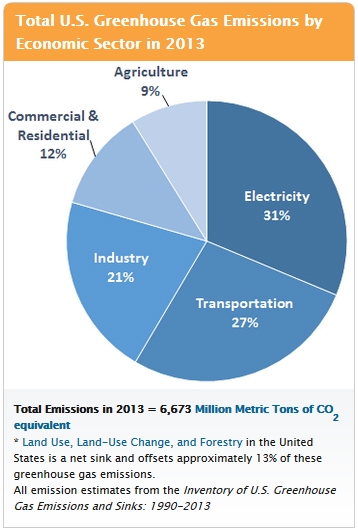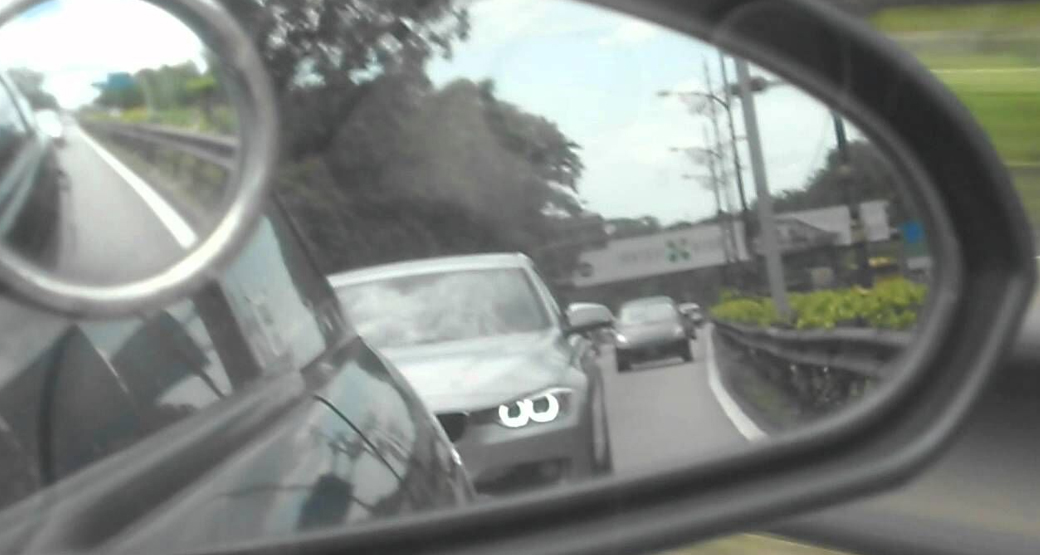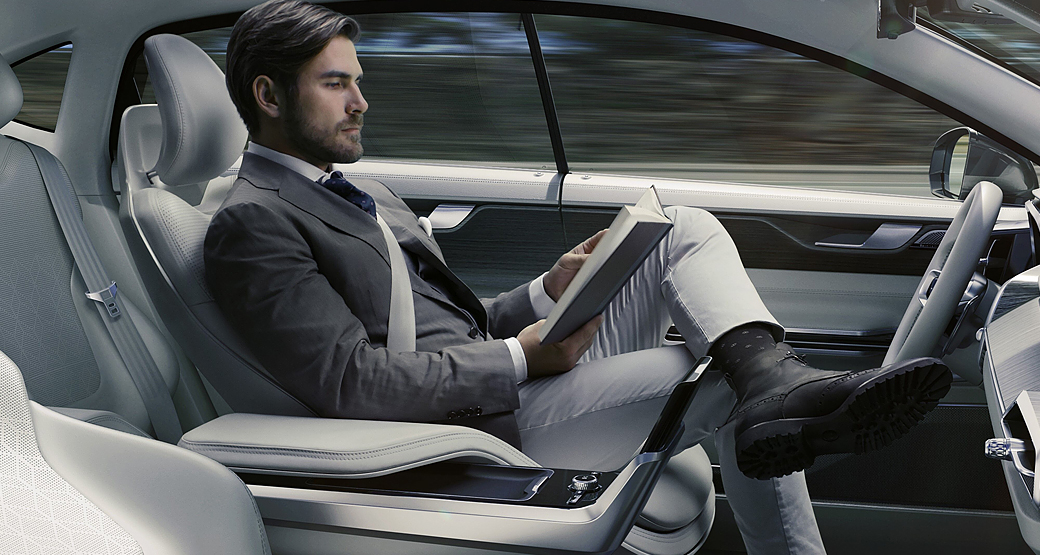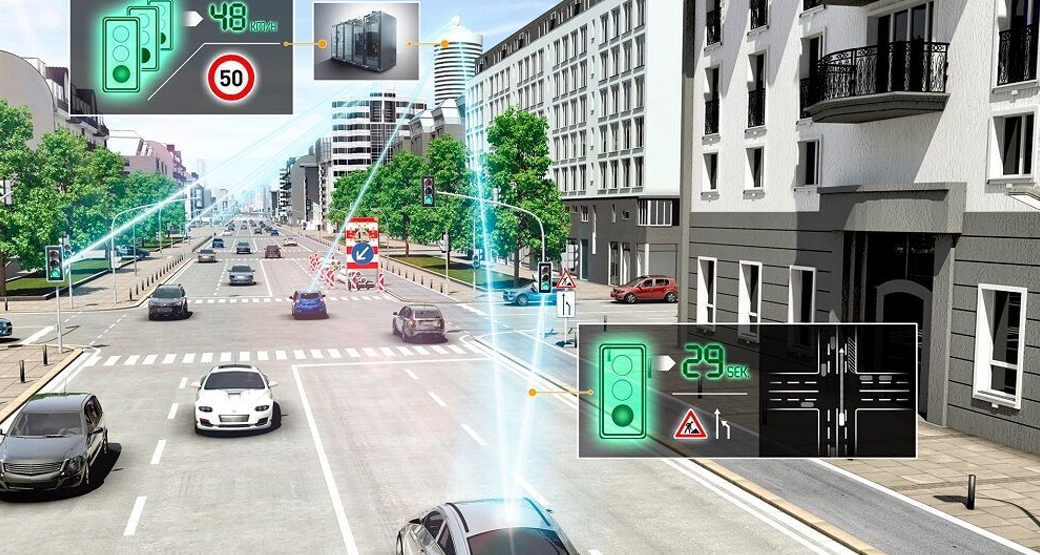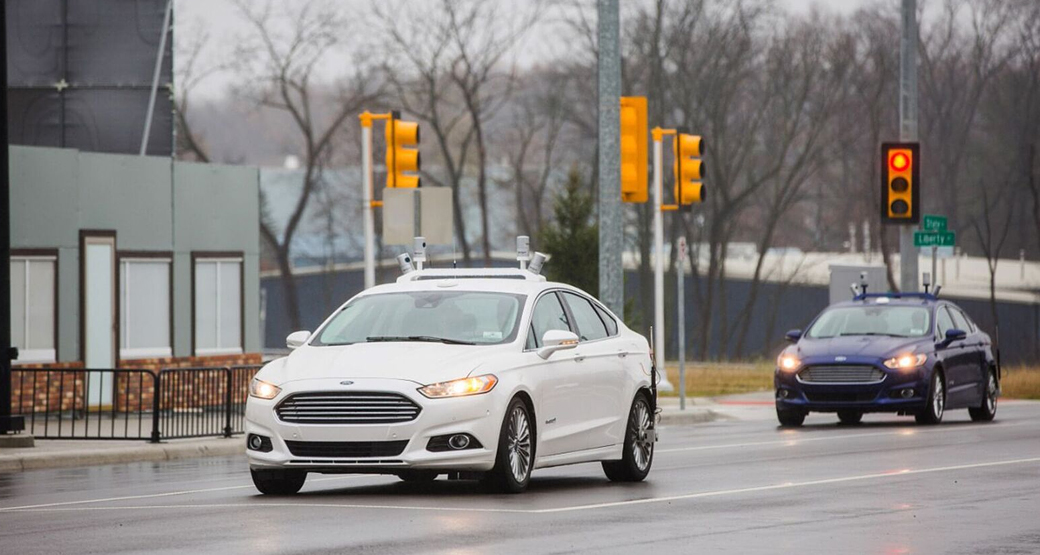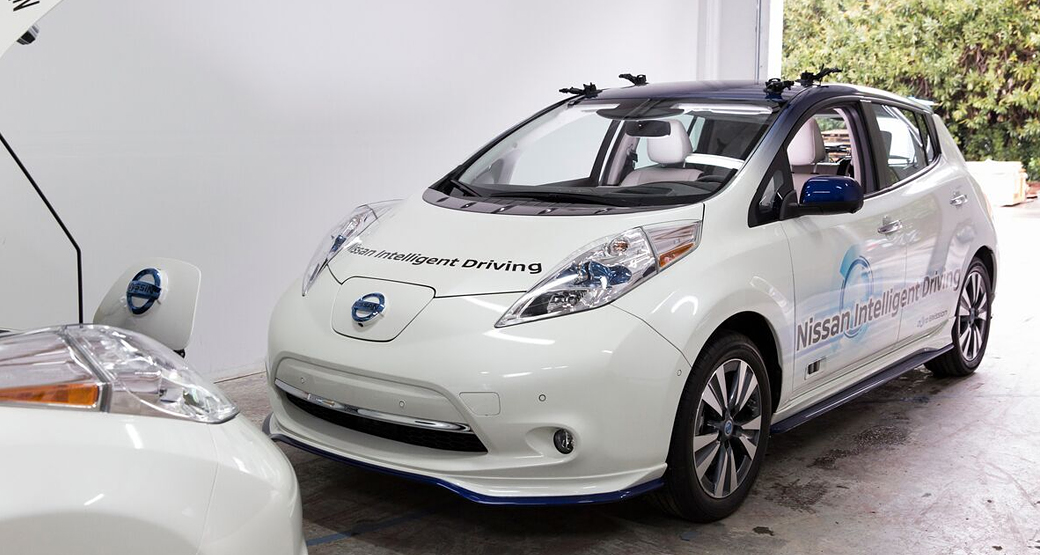Cutting carbon emissions is high on the political agenda of the world leaders’ to-do lists. The United States Environmental Protection Agency shows that almost one third of all American greenhouse gasses emitted in 2013 were produced by the transport sector. Developing smart electric vehicles goes hand in hand with futuristic technologies, such as self-driving cars. Let’s take a look at some truths and opinions behind autonomous transport.
It is estimated that some 80% of all crashes on British roads are a result of human errors. The Renault-Nissan Alliance thinks that this could be up to 90%, and figures suggest it could be as high as 94% in the USA. Google announced that there are over 1.2 million deaths worldwide every single year as a result of a vehicular collision. Many people that are for autonomous driving insist that removing the human factor from the equation will result in less accidents, but monthly reports by Google show that even their autonomous test vehicles can become involved in a collision. Granted, most of which are caused by a third party, but it raises the question of whether the autonomous vehicles have had an input into the cause.
Sophisticated, class-leading technology includes an array of sensors and cameras which will eventually allow autonomous vehicles to be driven a lot closer together than we would dare today (that excludes 99% of BMW drivers…). This is known as platooning, something that Scania (operating under the Volkswagen Group umbrella) has been working on. As a result, companies will need to employ less people to drive the lorries and fuel expenses will be cut thanks to a reduction in drag. General Motors plans to release vehicle-to-vehicle (V2V) communication in its 2017 model year Cadillac CTS, with most of the lineup being equipped with such technology by 2025. Not only will this make way for more vehicles on the road, but it will also allow for potentially quicker journeys with higher speed limits being considered. V2V communication will be key in planning alternative routes where congestions make it uneconomical to take a certain route.
The eradication of constraints like disabilities, underage driving and intoxication would be a welcome sight to many, with supporters of vehicle autonomy stating that families can operate more efficiently and closely without the need of a fit-to-drive adult behind the wheel at all times. On the subject of underage driving, it’s possible that driving tests will be a thing of the past. This is good for those who need to get behind the wheel, but it could lead to the mass demise of driving instructors and examiners across the world. Despite this, 90% of Volvo’s 10,000 respondents to its survey insist that they want the cars to be able to pass a driving test with flying colours in order to feel protected.
Further losses in employment will appear in the driving industry, such as lorry and bus drivers, and even personal injury lawyers who specialise in road traffic collision cases. In the same Volvo survey, 81% thought that the manufacturer should assume all responsibility in the event of a crash.
It’s not only the professional world that will be affected – driving enthusiasts will be severely disappointed. People want to drive, it’s a hobby shared by millions. Nine people in ten would want to be able to take over at any given time during autonomous driving, according to Volvo.
Although governments will need to consider refreshing the infrastructure which would come at the cost of billions, when this is complete it will be possible to fit more parking spaces in a car park than today. Without the need for wing mirrors, it will be easier for cars to be parked closer together. Add onto this the fact that they will be able to park themselves and it will not be necessary to open any doors.
The average British commuter spends 54 minutes on the road one-way, with the worldwide average being some 40 minutes. Over 1.8 million Brits spend a daily total of over 6 hours on the road, which is a massive waste of time. With the rare need to drive an autonomous car, commuters will be able to complete any outstanding work on the go in a safe manner.
Although it’s expected that we will need to take over in very few cases, the fear of the on-board computer crashing, malfunctioning or developing a virus is very real. Will we be able to completely relax?
Today, we see obvious premiums for most hybrids, plug-in hybrids and fully-electric vehicles. It’s likely that most if not all driverless cars will use one or the other powertrains. A 2012 survey of 17,400 vehicle owners by J.D. Power and Associates shows how 37% would be initially interested in purchasing a self-driving car, but this figure drops dramatically to 20% with the addition of a mediocre $3,000 (c. £2,050) premium.
Unlike the current range of futuristic alternative-power, autonomous transport requires that the majority of any population opts in before the benefits become clear. This raises a problem for auto makers, with just under half of all motorists being comfortable purchasing some form of self-driving vehicle according to Accenture’s 2011 survey. Another poll, this time carried out by Puls in 2012, shows how only 22% of German motorists had a positive attitude towards this new type of motoring, while 10% were undecided. The highest percentage, 44%, consisted of skeptical people, but the second highest percentage, 24%, was the group of people that would refuse altogether to enter into the world of driverless transport. Cisco Systems revealed in 2013 that the countries that are most welcoming are Brazil, India and China.
Another issue rises when it comes to how the cars will navigate themselves. An extensive road map will need to be stored on an on-board computer, but we all know how unreliable GPS can be at the best of times, taking you down a one-way lane or claiming that you’re currently driving at 80 mph across the English Channel. Or a TomTom-equipped Renault Mégane declaring that it’s legal to drive at 60 mph on a road that has a speed limit of 30 mph!
And even if the big companies get it all right, what will the cars do in the unpredictable events that occur every day? Out-of-service traffic lights, road signs covered by overgrowth, cavernous pot holes and trees laying across the road following extreme weather. Only time will tell, but extensive testing will speed up the process. Google’s December 2015 report showed how 18 autonomous Lexus RX450h SUVs were racking up the mileage in Mountain View (California), and another 5 in Austin (Texas). There were also 23 and 7 Google self-driving prototype cars in the respective areas in the same timeframe.
Since the project kicked off in 2009, over 1.3 million autonomous miles have been clocked, and almost 1 million manual miles to help the systems learn the routes. Google currently averages 10,000-15,000 autonomous miles each week on public roads, more than most of us cover in a whole year! And finally, if the day comes where cars as we know them today are no longer available and we’re forced to buy into the driverless market, we’re going to have to learn a lot. Whether you’re tech-savvy or IT-illiterate, you’re going to have to have some sort of understanding to mitigate against the possibility of fail-safe-technology actually failing.
So how is the future looking? We’ve already seen Mercedes demonstrate its F 015 Concept, and Audi’s more realistic looking A7 and RS 7 self-driving luxury coupés. Take a look at this timeline of some major autonomous driving advancements and you will understand that the future of autonomous driving is a governmental ratification away from becoming a reality.
2016 – Mercedes will release ‘Autobahn Pilot’ which will allow the car to drive itself in motorway-like situations, including overtaking manoeuvres.
2016 – Renault-Nissan to debut “single-lane control”, a motorway-cruising autonomous mode.
2016 – An app that allows for remote vehicle interaction to be launched by Renault-Nissan.
2017 – First General Motors car to be equipped with V2V communication technology, the 2017MY Cadillac CTS.
2017 – 100 lucky customers will gain early access to Volvo’s autonomous XC90.
2018 – Chinese Internet search engine Baidu plans for a fully autonomous system to be publicised.
2018 – Renault-Nissan’s ‘Autobahn Pilot’-rivalling ‘multiple-lane control’.
2020 – Renault-Nissan’s third step to driverless travel, ‘intersection autonomy’ is built to deal with city roads and junctions as well as stop-start traffic.
2020 – Volvo has visions of crash-free motoring by this year.
2020 – It’s expected that some of the world’s most influential car companies will have self-driving cars, varying from mild to fully driverless. These include Audi, BMW, Mercedes and Tesla as well as Ford, Kia, Renault and Nissan.
2020 – Apple’s ‘Project Titan’, an autonomous electric vehicle. We could even expect a regular EV to appear in 2019.
2020 – Tesla will deliver a range of fully-autonomous vehicles, not just part-time driver-aiding cars.
2024 – Jaguar will release an autonomous vehicle.
2025 – Most of General Motors’ cars will have V2V communication technology and a form of autonomy.
2030 – Mercedes F 015 Concept will be a reality.
2040 – The Institute of Electrical and Electronics Engineers (IEEE) estimates that up to 3 in 4 cars will be autonomous.




